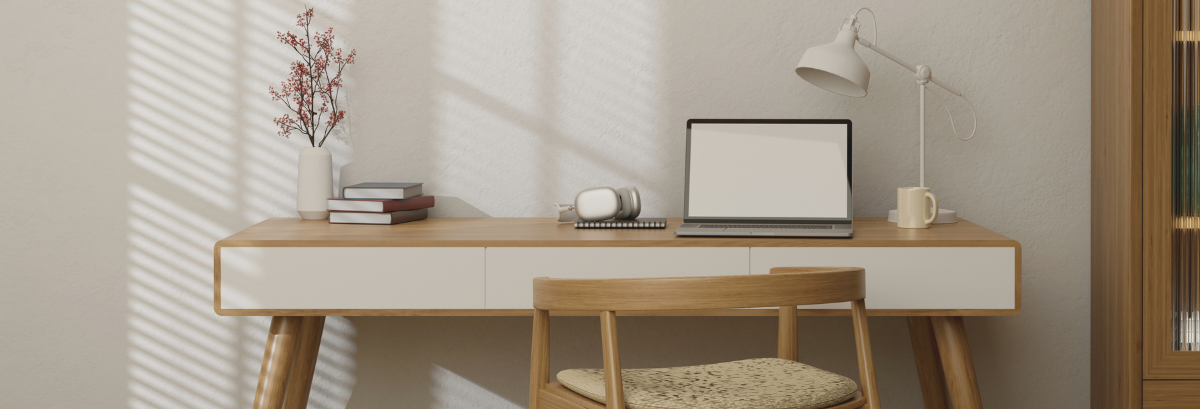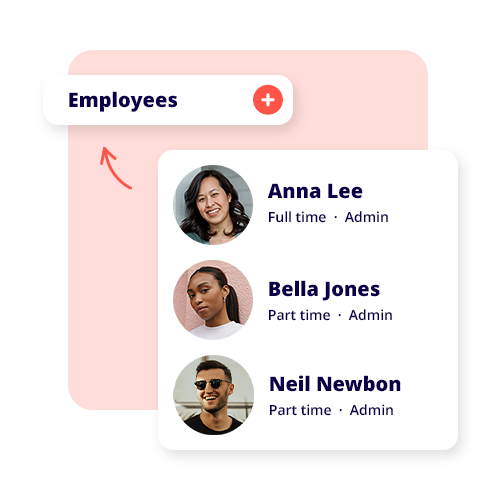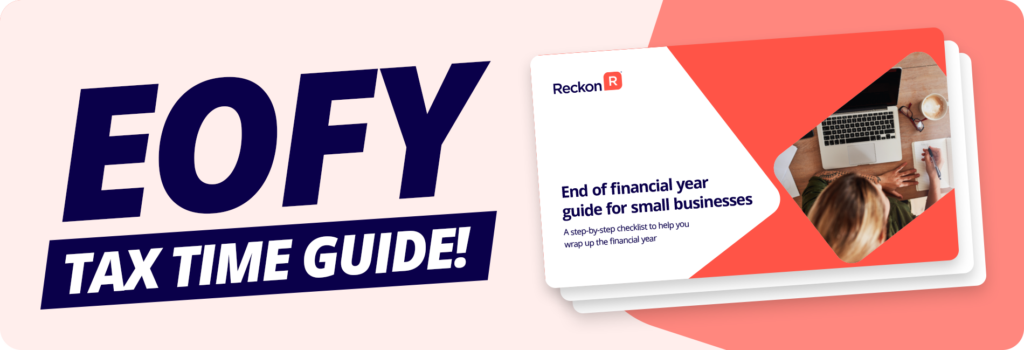Claiming home office expenses as a tax deduction is not only your right, but also an avenue for reducing taxable income. We’ll show you how to claim home office expenses on your taxes, so you can free up income and cash to grow your small business.
The Australian Tax Office (ATO) is progressively cracking down on ‘stretched’ tax claims such as uniforms, cars, and home office expenses. So, while you should be taking advantage of claims you’re entitled to as a tax payer, you should also be sure you’re inside the acceptable and honest parameters.
As a business owner, tax offsets are there for a legitimate reason, so let’s discover how much can you claim for a home office or just working from home.
The 3 modes of working from home
Before we jump into claiming home office expenses, do you know which category you’re in? The three classifications will dictate the types of home office tax deductions you can make and will apply certain limitations and allowances – so be sure to know where you fall.
According to the ATO the three types are:
- Home is your principal place of work and you have a dedicated work area that’s unlikely to be suitable for domestic use.
- Home is not your principal place of work but you have a dedicated work area – for example a study.
- You work at home but you don’t have a dedicated work area – for example, you use a room with a dual purpose such as a lounge room.
What expenses can you claim for a home office?
Almost anything you use as ‘home office running expenses’ that directly relates to your work and income can be claimed as a deduction.
1) Tax deduction for home office furniture
Claiming a tax deduction on home office furniture is your right as a business owner, and you should take full advantage of it, without bending the truth.
Take stock of what you might use in your home-based office:
- shelves
- chairs
- filing cabinets
- desks
- lamps
Make sure to claim not only new items, but also remember to depreciate ageing items every year.
You can do this depreciation year on year as well, to keep the benefit flowing. These tax deductions can likely keep occurring until the item has been fully written off after its ‘effective life’ is depleted.
2) Equipment
On top of your furniture, all your work-related equipment can also be claimed as a deduction. Remember to keep in mind the depreciation avenue mentioned above for your equipment as well.
Think about:
- computers
- phones and devices
- mouse/keyboard/monitors
- stationery and computer consumables
3) Lighting, heating, phone, and internet bills
In claiming home office expenses, you can easily write off your phone expenses and internet expenses. Be sure to only claim the portion you use for work as opposed to personal. Sometimes people also forget they can deduct a portion of their lighting and heating as well. After determining what percentage of the week you’re lighting, cooling, or heating your home office, you can then claim this too.
There are two main methods for working out work from home office expenses – the actual cost method, and the fixed rate method (now also known as the 67 cents per hour rate method).
Actual cost method
The actual cost method does what it says – it means you calculate everything used proportionally for work or business purposes, including electricity or gas.
To use the actual cost method you need to keep accurate records of the number of hours you work from home as well as things like mobile phone expenses, data expenses, and internet bills.
Just be sure you correctly parse out any ‘home’ time and don’t run the risk of exaggerating your deductions come tax time.
The 67 cents per hour rate method
While you can still choose to claim the expenses above, the ATO has also introduced the simplified 67 cents per hour rate method, or the revised fixed rate method.
This means that instead of tallying electricity, heat, phone, and internet, you instead claim these expenses as an hourly rate. It also means you can’t deduct these expenses separately.
You also no longer need a dedicated home office.
This may or may not be correct for you if you choose to do the sums, but is possibly your best bet, and a far sight easier than doing the arithmetic.
4) Low cost items
If you purchase any equipment or items for your home office under $300, you’re in luck in terms of some simple tax deductions.
Any work-related item under $300 can be instantly written off – in full – without having to depreciate the item first. So, if you’ve bought a cheaper end tablet, printer, or a Bluetooth mouse, just write that off immediately.
5) Memberships and subscriptions
When claiming home office expenses, don’t forget about memberships and subscriptions. While this can apply to those not working from home, it’s still often overlooked when working out how to deduct home office expenses.
Are you a member of a professional organisation related to your work? Perhaps you’re part of a union or work body? You can claim these membership fees.
What about subscriptions? Do you subscribe to work related magazines or websites? Claim them too. Some professions, say journalism or media types, may even be able to claim for newspapers, streaming, and pay TV – if it relates to their field of work.
How much can you claim for a home office?
There’s no limit on how much you can claim for a home office. As long as your expenses, equipment, and furniture are all used for your role or business, then you can claim it on your tax return.
If you use a portion for work and a portion for personal use (such as internet) then you can only claim the work-related portion.
Where do you put home office expenses in your tax return?
If you’re going it alone and doing your own taxes, simply calculate your home office deductions and input the amount into the ‘other work-related expenses’ section in your tax return.
No matter how you go about claiming home office expenses – tax time and business management is made easy with Reckon One cloud accounting solution.
Keep learning and check out our article on what you can claim on tax without receipts.
























